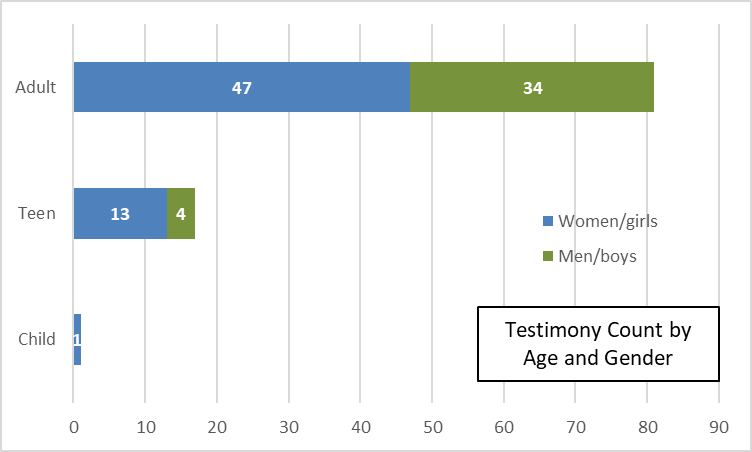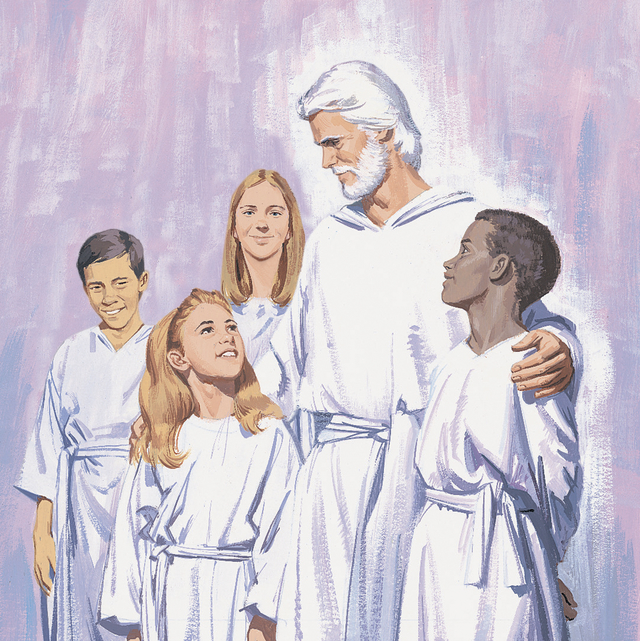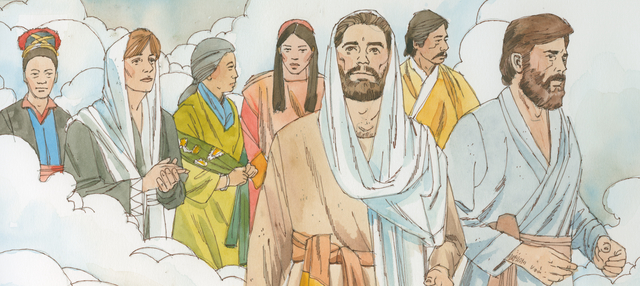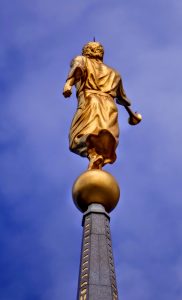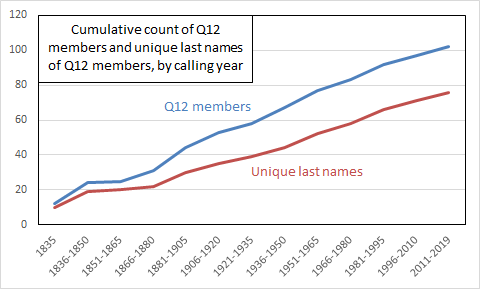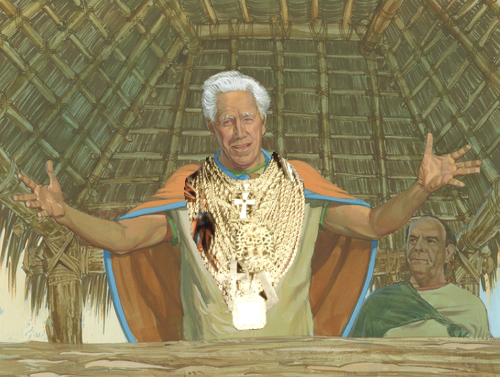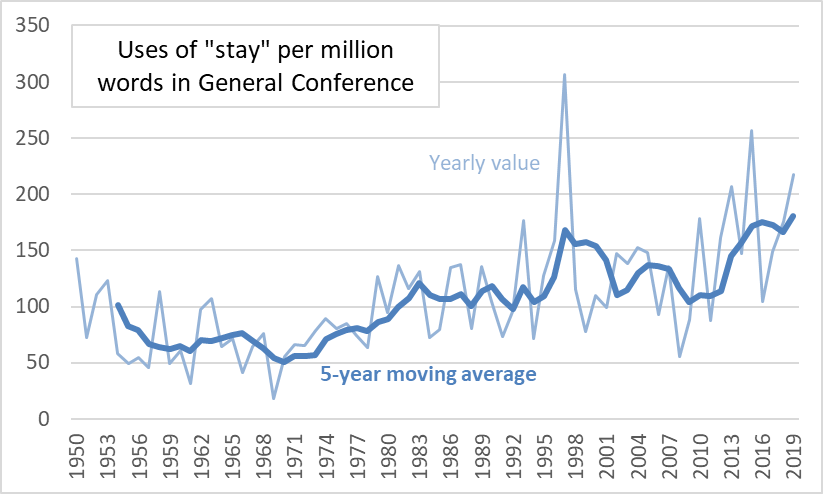Best story: It was very simple, but I enjoyed President Eyring’s story about hearing Elder Haight pray and thinking he sounded like he was smiling while he did.
Worst story, God plays favorites category: I wasn’t a fan of Elder Andersen’s story of the stake patriarch who Russell M. Nelson performed a miraculous heart surgery on. I felt like by mentioning his calling, Elder Andersen was suggesting that God of course intervened specially for this man, even when of course many other people die of heart problems all the time and don’t get miraculously healed.
Worst story, prosperity gospel category: Elder Clayton’s story of going to Paraguay during a financial crisis was horrifying. He explained how, in a meeting with stake presidents, he was overwhelmed when hearing about so many people’s problems, so he asked the stake presidents to tell him how many Church members who were paying tithing and fast offerings and doing their callings had problems, and the stake presidents said none of them. Elder Clayton was clearly relieved that he could dismiss all the problems of people he had carefully categorized as marginal Church members. I think Elder Clayton needs to learn about selection effects. Of course the people who were paying tithing and fast offerings weren’t having financial trouble. They were still able to pay! It’s not a question of righteous people paying tithing; it’s a question of better-off people paying tithing and then being classified as righteous. It was also appalling that he was so open about asking the stake presidents to tell him a different thing so that he wouldn’t have to deal with the discomfort of hearing about people’s problems.
Best quote: Elder Giménez, quoting the third verse of “Be Still My Soul”:
Be still, my soul: The hour is hast’ning on
When we shall be forever with the Lord,
When disappointment, grief, and fear are gone,
Sorrow forgot, love’s purest joys restored.
Be still, my soul: When change and tears are past,
All safe and blessed we shall meet at last.
Worst quote: Elder Bednar, quoting Ezra Taft Benson’s quote where he explains that there are no systematic social problems, only righteous people who pull themselves up by their bootstraps and wicked people who don’t:
The Lord works from the inside out. The world works from the outside in. The world would take people out of the slums. Christ takes the slums out of people, and then they take themselves out of the slums. The world would mold men by changing their environment. Christ changes men, who then change their environment. The world would shape human behavior, but Christ can change human nature.
Best visual aid: I really liked this picture Elder Stevenson showed of a bunch of granite blocks waiting to be used in the construction of the Salt Lake Temple.
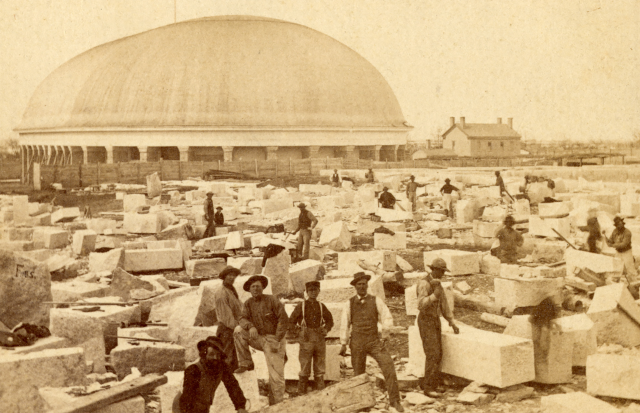
Worst visual aid: President Bingham’s picture of the couple that races tandem bikes where of course the husband is in front and the wife is in back. (In case you missed it, you might enjoy Pandora’s response to the tandem bicycle analogy to marriage.)
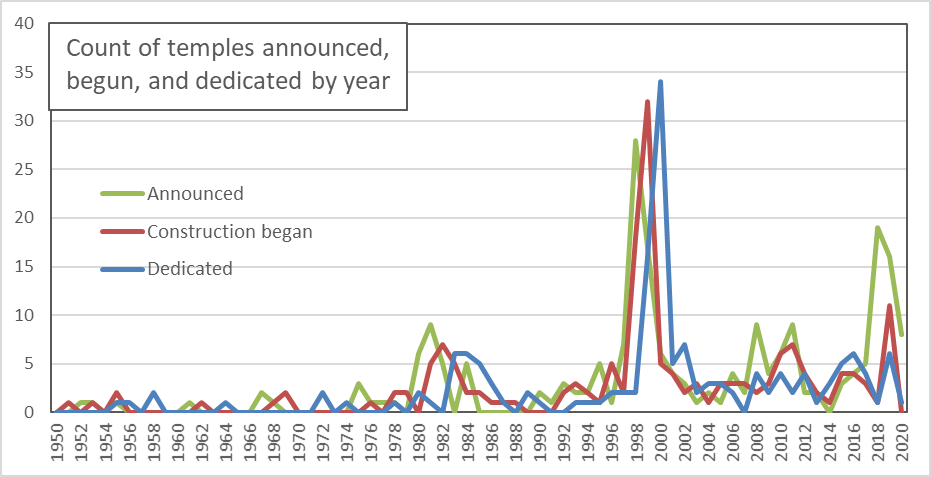





 only if it is preceded by a disclaimer that their use does not imply any endorsement of the Church or its priesthood by the Hostess Corporation.
only if it is preceded by a disclaimer that their use does not imply any endorsement of the Church or its priesthood by the Hostess Corporation.

